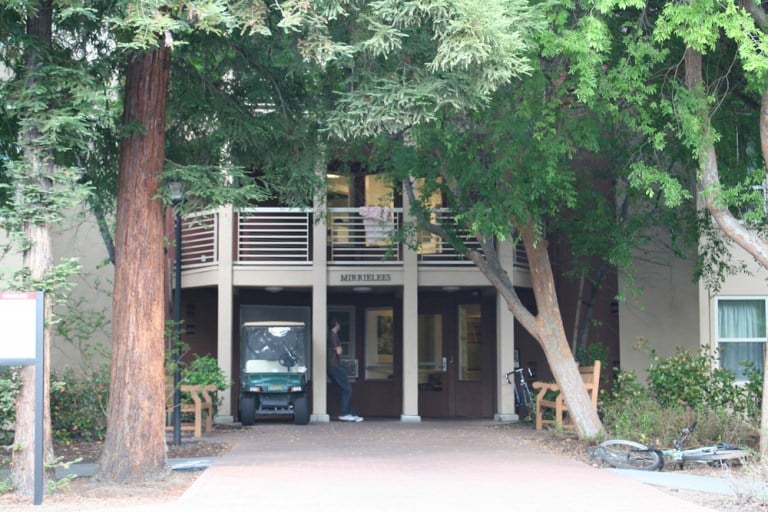Students seeking off-campus housing for this summer have become increasingly reliant on social networks and other online tools as a means of dealing with high price ranges and keeping in touch with other students in the area.
According to surveyed students, Internet searches — mainly through Craigslist and Facebook — provide the most widely used resources for those looking to rent or sublet accommodations.
Heidi Thorsen ’12, who currently lives in a four-bedroom apartment with three other Stanford alumni in San Francisco’s Ingleside district, said that she will sublet her room for the summer, having advertised solely through Facebook.
“I didn’t have that much interest, but the interest I did have ended up materializing,” Thorsen said.
While Facebook proved to be a successful tool for Thorsen, Shubham Goel ’16 expressed doubts about the utility of Facebook groups like Stanford Summer in San Francisco 2013, which has 95 members to-date.
“In general, it’s a good strategy to look for people interested in living together,” Goel said. “When people have different work locations and different budgets, then it gets more complicated.”
Justin Wiguna ’15, who will work at a start-up near Union Square this summer, said he joined the Facebook group more to connect with other students for social events, since most students seek housing with friend groups.
He observed that a Facebook group including Stanford alumni in the Bay Area would make for a more helpful tool.
Narjis Sarehane ’15, who will work at Houlihan Lokey in San Francisco’s Financial District, said that she is still searching for accommodations and has relied primarily on alumni connections in doing so.
“I have a couple of my friends who are also interning in San Francisco, and who know alumni who will be subletting their apartments,” Sarehane said. “They can put me in contact with these people.”
Price Ranges
Housing options’ pricing can also narrow down choices for students seeking to avoid the summer rates levied on-campus housing, which start at $1,761 for an eight-week contract.
Students still interested in staying on campus may seek some form of financial aid. Since no scholarship funds are allocated strictly for the summer, such aid would normally come through loans or work-study eligibility. Exceptions would include students who missed a quarter during the academic year or who need one more quarter to graduate.
“Generally at this point of the year we’ve spent all our scholarship money and don‘t have a lot of funds available for summer,” noted Karen Cooper, director of financial aid.
In cases where financial aid is awarded, the packages are based on the full cost of attendance regardless of whether the student will be living on- or off-campus. Cooper encouraged students to apply as soon as possible for summer financial aid, which has no strict deadline.
“If [students] think they’re going to need financial aid to help them with their summer expenses, now is a good time to apply,” Cooper said.
Thorsen, on the other hand, suggested that those looking mainly for off-campus accommodations be ready to look for last-minute openings.
“When people sublet, they want to get rid of their room last-minute… you can’t really plan ahead for it,” Thorsen said. “You have to keep looking out and stay in touch.”
Extra Factors
For students living off-campus, other pieces of housing arrangements — such as leasing contracts, transportation and homeowner rules — can be complex.
“There are so many things between both parties [students and landlords] that need to be figured out, and a lot of time has to be spent doing that,” Goel said. “As a student, you don’t have lots of time.”
Thorsen emphasized the importance of keeping an open mind and being flexible.
“If you look at Craigslist, there are a lot of middle-aged people who tend to lease out a room,” Thorsen said. “They tend to be a lot more restrictive in terms of what you can do [and] people you can have over, but it’s a really great option and it’s probably the least expensive thing.”
